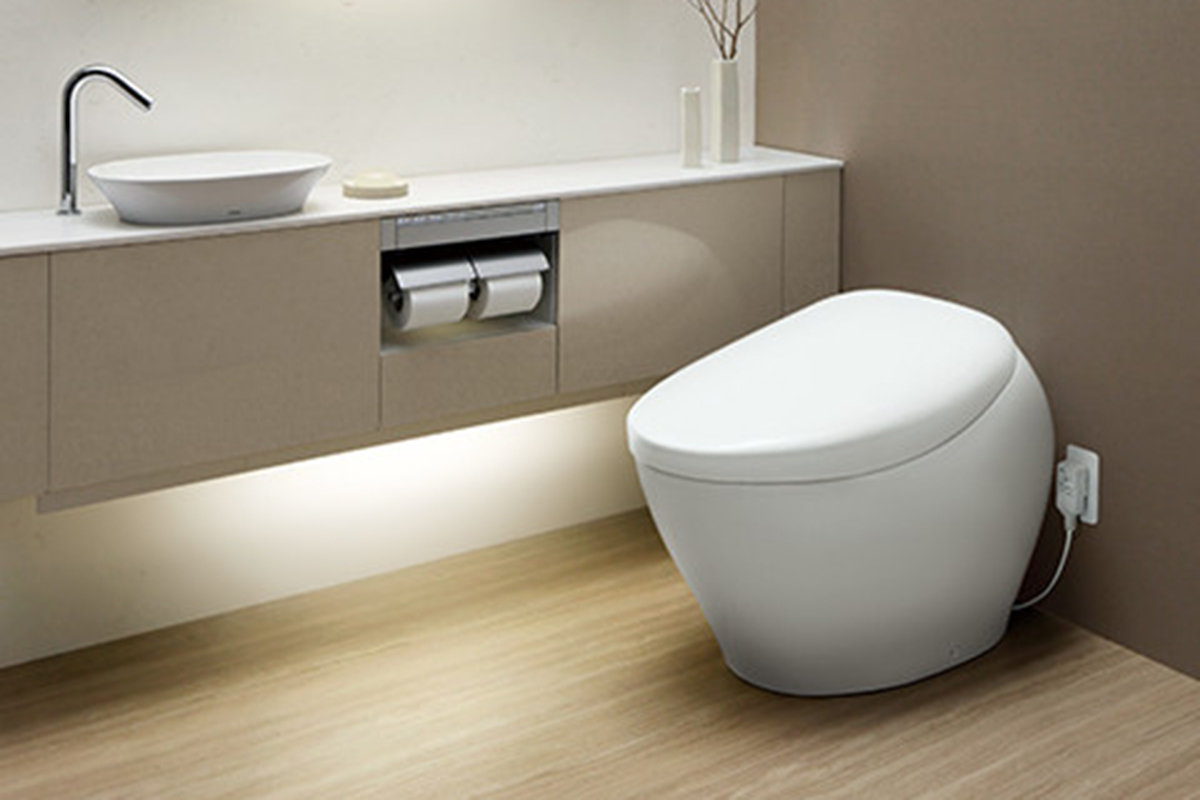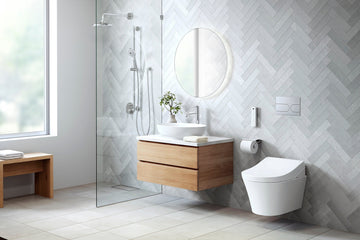In today's fast-paced world, the demand for innovative solutions extends even to the most basic of human necessities: the toilet. The life span of innovative toilet systems is a topic of growing interest, especially within the Industry QA sector. As these systems become more advanced, understanding their longevity and maintenance needs becomes crucial for manufacturers, installers, and users alike.
Modern toilet systems are not just about functionality; they are about sustainability, efficiency, and user comfort. The integration of technology into these systems promises enhanced user experiences but also raises questions about durability and long-term performance. Whether you're involved in product development, quality assurance, or facility management, knowing how long these systems last and what affects their lifespan is essential.

Factors Influencing the Life Span of Innovative Toilet Systems
Several factors can significantly influence the lifespan of innovative toilet systems. This includes material quality, frequency of use, maintenance practices, and environmental conditions. High-quality materials and regular maintenance can extend a toilet's life, while poor construction and neglect can lead to premature failure.
For instance, smart toilets, which are equipped with advanced features like automatic flushing and seat warming, can have a shorter lifespan if not properly maintained. These components are sensitive and require regular checks. As discussed in Smart Toilets, these systems are designed to enhance user experience but also demand more attention to ensure their longevity.
The Role of Technology in Extending Life Span
Technology plays a pivotal role in extending the life span of innovative toilet systems. The incorporation of sensors, automated cleaning systems, and water-saving technologies can help maintain functionality over time. With the rise of Motion Sensor Toilet Seats, users can benefit from hands-free operations, which reduces wear and tear associated with manual use.
Moreover, technology can provide real-time data on system performance and potential issues. This allows for proactive maintenance, thereby extending the system's durability. Regular software updates and component checks can significantly enhance the longevity of these systems, making them a worthwhile investment for both residential and commercial properties.
Maintenance Practices for Prolonging Toilet System Life
Effective maintenance is crucial for prolonging the life span of innovative toilet systems. Regular cleaning, prompt repairs, and routine inspections are essential practices. It's important to follow manufacturer guidelines for maintenance to prevent damage and ensure optimal performance.
In environments with high usage, such as public restrooms, implementing a Smart Toilet management system can help in monitoring usage patterns and scheduling maintenance activities accordingly. This proactive approach can reduce downtime and extend the system's life, minimizing costs associated with repairs and replacements.
Future Trends in Innovative Toilet Systems
As technology continues to evolve, the future of toilet systems looks promising. Innovations in water efficiency and waste management are on the horizon, with the potential to revolutionize how we perceive and use toilet systems. As highlighted in Latest Innovations, the integration of IoT and AI technologies is expected to bring about smarter and more sustainable solutions.
These advancements aim to enhance user experience while reducing environmental impact. As the industry moves towards more eco-friendly designs, the life span of these systems will likely improve, offering greater value to consumers and businesses alike.

Conclusion
The life span of innovative toilet systems is influenced by various factors, including technology, maintenance, and material quality. For the Industry QA sector, understanding these factors is crucial for ensuring product reliability and customer satisfaction. As we look to the future, ongoing advancements promise to deliver more durable, efficient, and user-friendly toilet systems.
For those interested in the latest trends and innovations in toilet technology, exploring expert insights and case studies can provide valuable information. For further reading on innovative toilet designs and their impact, visit Horow Smart Toilet Innovations.
FAQs
1. What is the typical lifespan of an innovative toilet system?
The typical lifespan of an innovative toilet system can range from 15 to 25 years, depending on factors such as usage, maintenance, and technological advancements.
2. How does technology improve the lifespan of toilet systems?
Technology improves the lifespan by providing features like automated cleaning, real-time monitoring, and efficient water usage, which reduce wear and tear and allow for timely maintenance.
3. Are smart toilets worth the investment?
Yes, smart toilets offer numerous benefits such as improved hygiene, water savings, and enhanced user comfort, making them a worthwhile investment in the long run.
This article contains affiliate links. We may earn a commission at no extra cost to you.






